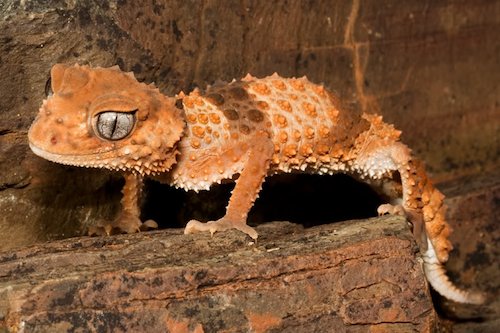Hello All,
I have a quick question, I have what I had assumed were two 'male' banded knob tailed geckos, I now very much believe otherwise as there are random eggs appearing in the sand... (I wondered why they didn't offer the previous owner issues being housed together since hatching.)
Both are the same gender (they have the same external tail base appearance, and I am new to geckos so seem to have sexed them wrong after buying them from another clueless owner), both from the same clutch, however I am finding more and more flattened 'eggs' in the enclosure and for a night or so, each one digs like crazy and stays out of the hides during the day to defend the disturbed substrate. The eggs aren't fertile, they start out round and quickly harden and flatten out. My question though, is should I be leaving them in the tank for the geckos to protect etc, or should they be removed and discarded? I haven't found much information on what to do in this situation (most people breed them after all), but this is the fourth lot of eggs I have now found in the last few months... (I am assuming 2 x laying cycles per gecko as they share an enclosure with no dramas)
I am just trying to avoid unnecessary stress to them either way and keep them healthy. They seem to eat less and change colour while guarding the eggs naturally, so I wondered if removing them would help break the guard cycle and sooner instate normal non breeding behaviors...
Thank you for the assistance.
I have a quick question, I have what I had assumed were two 'male' banded knob tailed geckos, I now very much believe otherwise as there are random eggs appearing in the sand... (I wondered why they didn't offer the previous owner issues being housed together since hatching.)
Both are the same gender (they have the same external tail base appearance, and I am new to geckos so seem to have sexed them wrong after buying them from another clueless owner), both from the same clutch, however I am finding more and more flattened 'eggs' in the enclosure and for a night or so, each one digs like crazy and stays out of the hides during the day to defend the disturbed substrate. The eggs aren't fertile, they start out round and quickly harden and flatten out. My question though, is should I be leaving them in the tank for the geckos to protect etc, or should they be removed and discarded? I haven't found much information on what to do in this situation (most people breed them after all), but this is the fourth lot of eggs I have now found in the last few months... (I am assuming 2 x laying cycles per gecko as they share an enclosure with no dramas)
I am just trying to avoid unnecessary stress to them either way and keep them healthy. They seem to eat less and change colour while guarding the eggs naturally, so I wondered if removing them would help break the guard cycle and sooner instate normal non breeding behaviors...
Thank you for the assistance.











